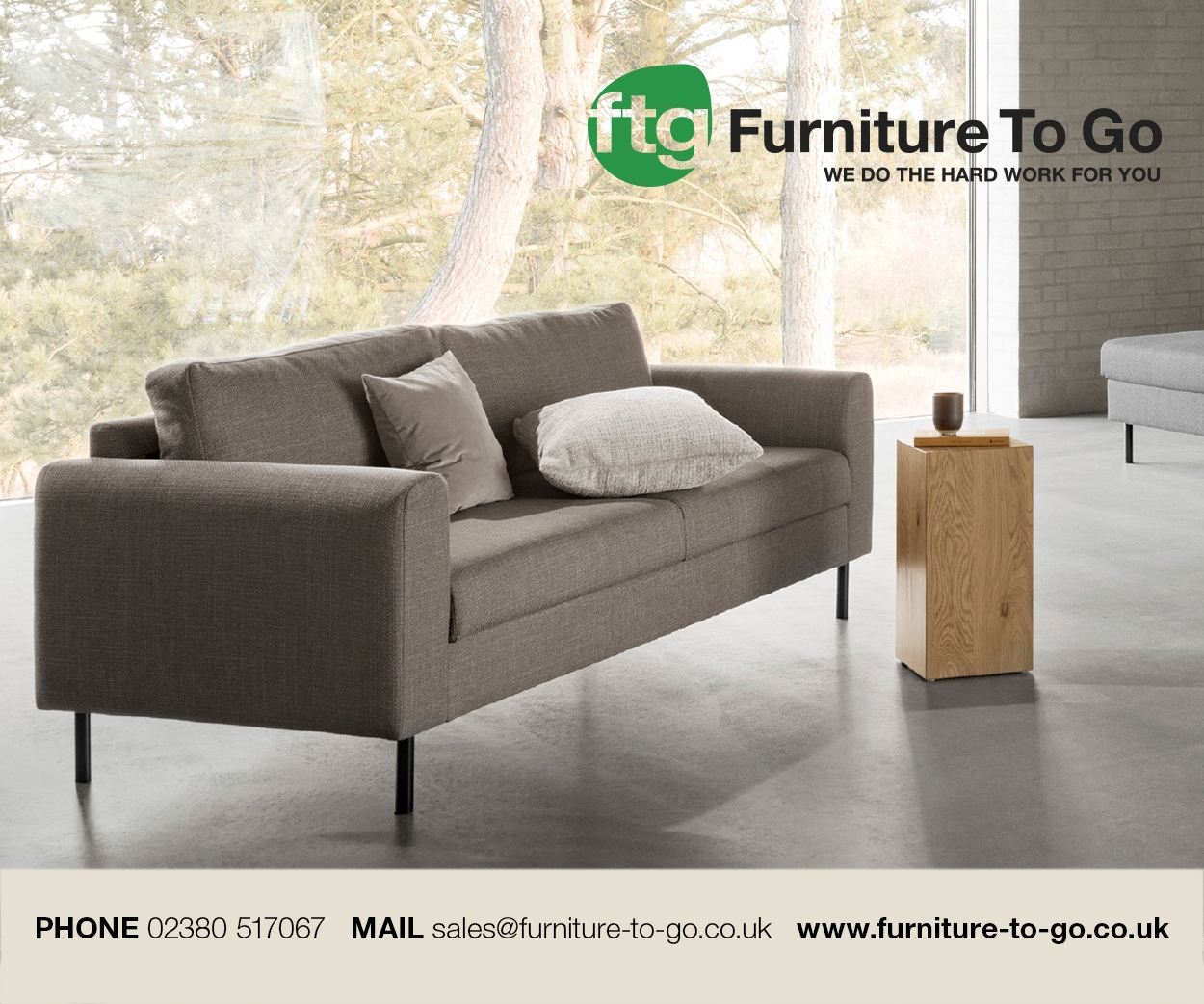Whatever their end, Trump’s tarriffs will have far-reaching consequences for the dynamics of global furniture trading, writes the GM of Romania’s Fast Forward Consulting, and former International Alliance of Furnishing Publications (IAFP) president, Imre Zilahi …
Anyone who can accurately predict the impact of the trade war initiated by the US president must possess clairvoyant abilities, but one thing is certain – the shift in strategy by Chinese (and other Asian) exporters, in response to the anticipated decline in American demand, will significantly influence the future of the European furniture industry.
The new US tariffs targeting Chinese furniture (along with other categories of Chinese goods) are likely to cause a significant ripple effect across the global furniture trade.
I guess it’s safe to say, the reorientation of Chinese furniture exports will cause a shift to alternative markets – if the US becomes less attractive or viable due to tariffs, Chinese manufacturers will likely intensify their focus on other major markets, including Europe, the Middle East, Africa, and South East Asia.
We’ll be facing a pressure on prices. I foresee an influx of Chinese furniture at more competitive prices, close to dumping (with mainly the lower- and mid-range segments affected). The increased Chinese presence might make it harder for regional manufacturers to compete on price – particularly if they don’t have strong brand differentiation or efficient cost structures. Let’s call it ‘market saturation risk’.
How will the European market retaliate? European retailers and importers might benefit in the short term from better purchasing terms. However, over-reliance on imports might stifle local innovation and manufacturing investment. And we can’t exclude the possibility of strategic protectionism – some EU countries may lobby for anti-dumping measures imports, similar to the US approach, especially if unfair pricing practices are suspected.
From a Romanian perspective, the role of Eastern European furniture manufacturing in this tariff war situation is worthy of attention. Eastern Europe (and especially Romania) is uniquely positioned to benefit from this disruption, assuming the sector can respond strategically. Eastern European manufacturers are geographically closer to key Western markets (Germany, France, UK, Netherlands, Italy etc), offering shorter lead times, lower transportation costs, and better responsiveness. Countries like Poland or Romania already have established manufacturing hubs with skilled labour, production know-how, and experience in OEM and ODM contracts.
There are also some challenges to overcome. Many Eastern European countries face demographic challenges and skilled labour shortages, which could limit their ability to scale up quickly. To truly capitalise, the sector needs investment in automation, digitalisation and sustainable production to remain competitive in the mid- and high-end segments.
There is a lot of cost pressure. Labour and material costs are rising across the region, which could erode the competitive advantage if not managed through productivity gains.
As the big boys clash in this global fist fight, Eastern European manufacturers need to calculate the strategic implications. A push for higher-value products might be a good idea, instead of competing head-on with low-cost Chinese goods. Back home, I’m recommending that Romanian furniture producers move up the value chain, focusing on design, quality, sustainability and customisability. A healthy move would be to seek to develop their own brands for the European market, rather than relying solely on OEM work. Eastern Europe could also fill supply gaps in other global markets where Chinese furniture becomes less competitive or politically sensitive – such as the US itself.
To wrap up, the US tariffs on Chinese furniture will indirectly impact the European market by increasing Chinese exporters’ focus on the EU, creating price pressures and competition. Eastern Europe has the opportunity to step up as a flexible, near-market production hub – but this will require a strategic agreement among the players. In the mid- to long term, Western European distribution and retail companies could (and should) reduce the level of the risk in the business by shaking hands with their Eastern European producers/suppliers.












